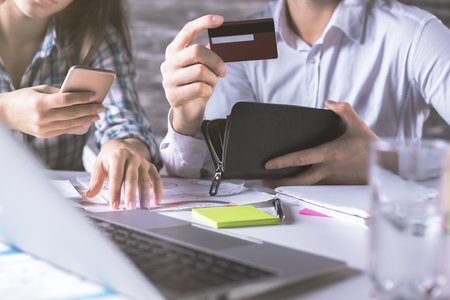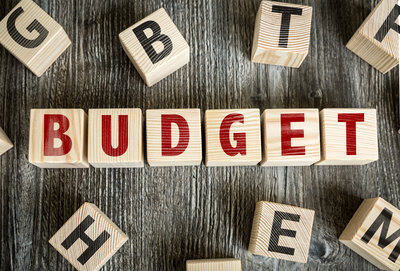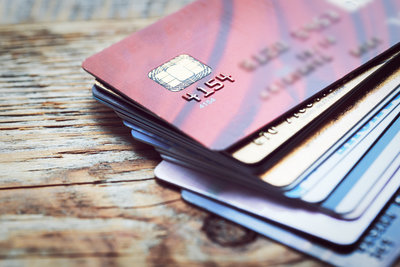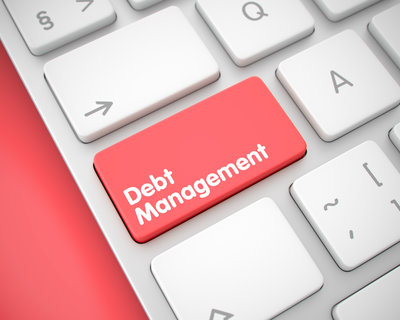How Do You Pay Off A Credit Card?
 We are often asked ‘How do you pay off a credit card?’ The majority of Canadians have multiple credit cards, and for a lot of people, it seems like their balances continue to grow larger and larger. While you may faithfully make your minimum payments every month, it may seem like you’re hardly making a dent in your balances.
We are often asked ‘How do you pay off a credit card?’ The majority of Canadians have multiple credit cards, and for a lot of people, it seems like their balances continue to grow larger and larger. While you may faithfully make your minimum payments every month, it may seem like you’re hardly making a dent in your balances.
So if you want to pay down a credit card, where do you start? The best place to start is to first realize that there isn’t one silver bullet solution to paying off credit cards. Any solution to reduce or eliminate credit card debt will involve a number of steps. Below we’ll show you some of the most effective approaches, but you can also see a more extensive list here.
Track Your Expenses & Create a Budget
 Many people don’t know how much they’re spending in a month, so it’s important to track your expenses in order to evaluate where your money is actually being spent. After this, create a budget or spending plan that allows you to determine in advance whether you will have enough money to do the things you need to do or would like to do. To learn more about budgeting and why it’s important, check out our budgeting resource page.
Many people don’t know how much they’re spending in a month, so it’s important to track your expenses in order to evaluate where your money is actually being spent. After this, create a budget or spending plan that allows you to determine in advance whether you will have enough money to do the things you need to do or would like to do. To learn more about budgeting and why it’s important, check out our budgeting resource page.
Pay More than the Minimum
If you’re only making the minimum payments on your credit cards, it will take years, even decades to pay off your balances. To pay off your credit cards faster, try to make more than the minimum payment, even if it’s adding an extra $50 a month onto the card. Doing this will pay down each card balance more quickly, save you considerable interest charges, and provide peace-of-mind as you take action to pay off your credit cards. Try our financial calculator, where you can enter your card payment information and see how much you can save when you pay more than the minimum.
The Snowball Method
In life, we usually find it encouraging to see progress being made on something we’re working hard at. This is never more true than when it comes to paying off debt. There is a very popular debt reduction strategy called the Snowball Method that plays off this feeling. With this method, you focus on paying off your debts with small balances first and save your larger debts for last. Not only does racking up some quick successes create a great feeling, but the Snowball Method provides a powerful psychological effect for a lot of people who feel that progress is being made sooner in paying off their debts and are really encouraged to stick with their plan.
How Does The Snowball Method Work? - How Do You Pay Off A Credit Card Using It?
 1. Focus on your credit card with the smallest balance first. Use any extra money you can come up with to make payments on this card. Once this card is paid off in full, this will give you a quick win and a sense of accomplishment.
1. Focus on your credit card with the smallest balance first. Use any extra money you can come up with to make payments on this card. Once this card is paid off in full, this will give you a quick win and a sense of accomplishment.
2. Don’t keep the money that you were using to pay off the previous card, instead use that money to start paying down your next smallest credit card balance. Continue to pay this credit card until it is paid in full. The key objective is to free up money that can now be used to pay off larger amounts of debt. You are essentially creating a snowball effect that is helping you pay off your credit card debts.
3. As you use this method, the snowballing monthly payments will continue to pay your debts down faster and faster as you go, and you’ll get more motivated as you successfully pay off one card after another.
To find money to accelerate your credit card payments, look for expenses in your budget to cut back on, look for it in these places, or try some of these ideas.
Debt Relief
There isn’t just one solution to the question ‘How do you pay off a credit card?’ We’ve found that some people who are really struggling with their debt would rather just talk with someone directly, get help putting together a plan to pay off their debt, and find out about debt relief options that may be available to them. A lot of people don’t know that in Canada there are a number of debt relief programs that can help eliminate debt quickly. Credit Counsellors who work at non-profit organizations are actually experts in helping people explore all these options. Many credit counselling organizations even offer one of these debt relief options for people who are struggling with their debt. It’s called a Debt Management Program.
 What is a Debt Management Program (DMP)? It’s a plan that gets individuals out of debt by consolidating all outstanding debts (credit cards and unsecured loans) into one monthly payment, which an individual can afford based on his/her budget. People on a DMP make the monthly payment to a licensed consumer credit counselling services like ours, and the organization then disburses the funds to the various creditors each month. A helpful aspect of a DMP is that interest rates on a person’s debts are usually reduced to zero. There are creditors, who may not completely eliminate the interest, but the rate is usually substantially reduced.
What is a Debt Management Program (DMP)? It’s a plan that gets individuals out of debt by consolidating all outstanding debts (credit cards and unsecured loans) into one monthly payment, which an individual can afford based on his/her budget. People on a DMP make the monthly payment to a licensed consumer credit counselling services like ours, and the organization then disburses the funds to the various creditors each month. A helpful aspect of a DMP is that interest rates on a person’s debts are usually reduced to zero. There are creditors, who may not completely eliminate the interest, but the rate is usually substantially reduced.
Conclusion - How Do You Pay Off A Credit Card?
Now it’s time to start! We hope one of these solutions will not only get you started but answer the often-asked question of ‘How do you pay off a credit card?’ A helpful hint: After you’ve paid off a credit card, cancel the account, and cut up the card. Majority of people only need one or two credit cards. After you start making progress using one of these solutions, click on the links in this article, learn more, and begin to use additional ways of accelerating the process of paying off your debt as quickly as possible. Use the methods that seem to make the most sense for you and track your progress as you pay down your debt. You’ll be encouraged as you see your credit card balances fall.
